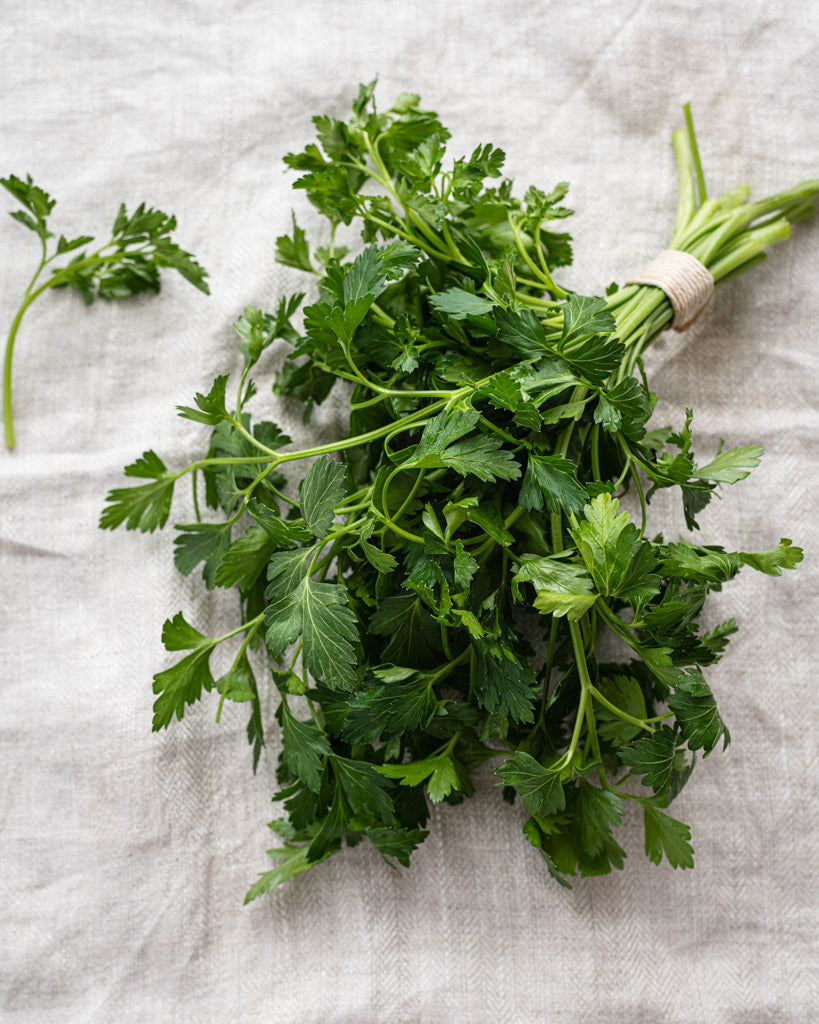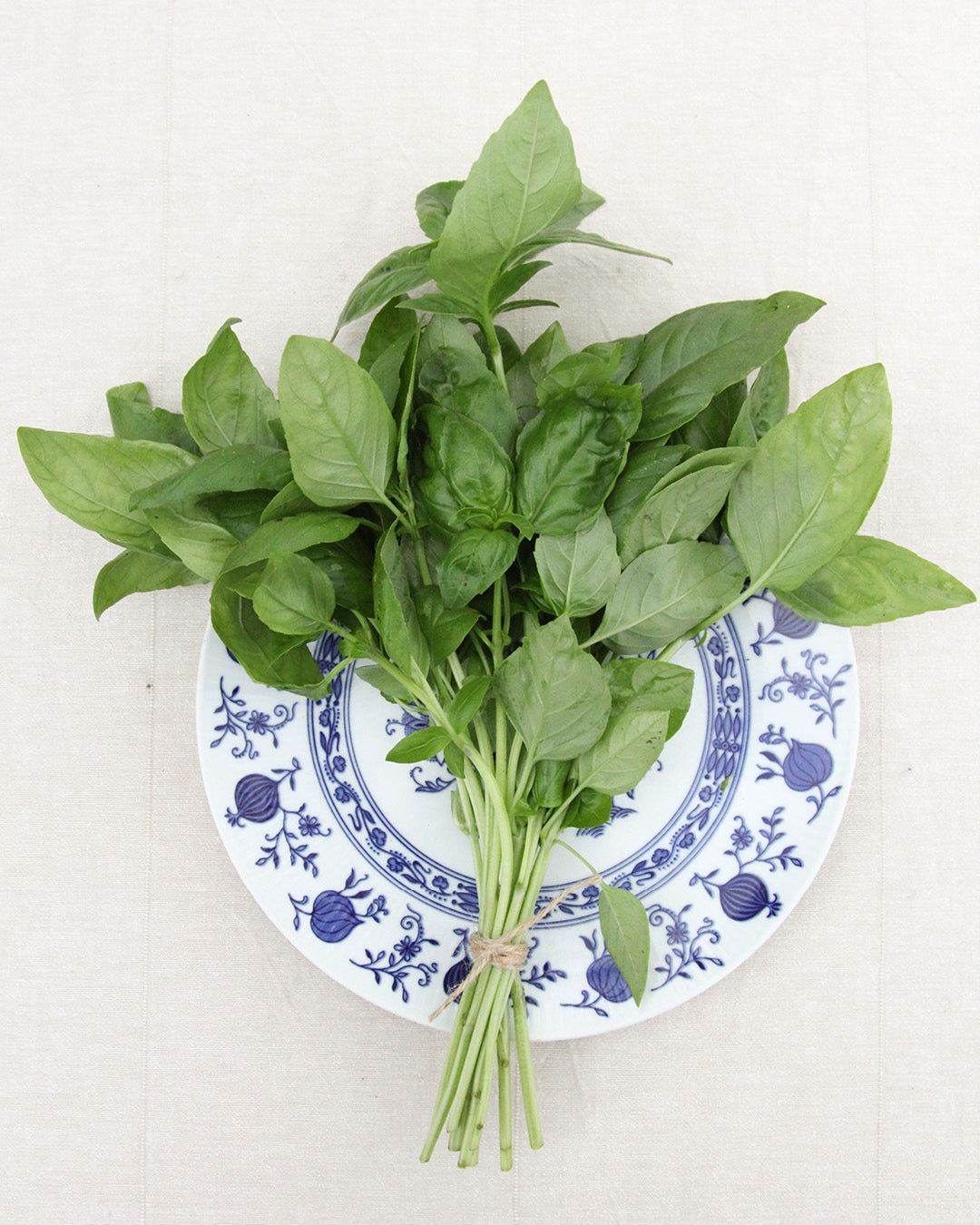Gardening tips in May: How to make your vegetable garden bloom
May is the big kickoff for the gardening year. With longer days, warmer temperatures, and fertile soil, now is the perfect time to get started in your vegetable garden. Planting, sowing, tending, harvesting—this month brings life to your beds. With the following tips, you can plan your vegetable garden efficiently and with joy in May.

1. Enjoy the first lettuce harvest
If you've sown seeds early in a cold frame, greenhouse, or under fleece, you can now look forward to tender leaves of lettuce, arugula, and leaf lettuce. Fresh, home-grown lettuce is not only delicious but also a motivating start to the new season.
2. Plant cucumbers
After the Ice Saints in mid-May, cucumbers can be planted outdoors. Ensure a sunny, sheltered location and loose, nutrient-rich soil are selected. Trellises or trellises promote growth and facilitate harvesting.
3. Install protective nets
To protect against birds and insects, it is recommended to stretch netting over berry bushes, cabbage plants, and sensitive crops. This prevents early damage and allows the plants to develop undisturbed.

5. Sow vegetables directly
May is perfect for direct sowing heat-loving vegetables like beans, zucchini, squash, chard, and corn. Amend the soil with compost, maintain proper spacing, and the first seedlings will soon appear.
6. Plant and sow herbs
Whether basil, parsley, or dill—many culinary herbs can now be easily sown or planted in beds or window boxes. A sunny spot near the kitchen ensures short distances and fresh flavor while cooking.
7. Hill potatoes
Once your potato plants reach about 15–20 cm in height, they should be regularly mounded with soil. This protects the tubers from light, stimulates the formation of new tubers, and increases yield.
8. Remove weeds early
As crops grow, so does the number of weeds. Regular weeding saves you trouble later and protects your plants from competition for nutrients and water.

9. Mulching for healthy soil
A mulch layer of straw, grass clippings, or leaves protects the soil from drying out, suppresses weeds, and improves soil life. Tomatoes, pumpkins, and strawberries especially benefit from this measure.
10. Water properly – depending on the weather
On warm days, your plants' water needs increase. Water in the morning or evening to reduce evaporation. It's better to water less frequently but thoroughly – this will encourage deeper root growth and more robust plants.
11. Thinning plums and damsons
After flowering, plums and damsons often produce more fruit than the tree can bear in the long run. To prevent branch breakage and improve fruit quality, you should thin them out now.
As a rule of thumb:About 30 fruits should remain per meter of fruit wood, ideally spaced so that they don't touch each other. This promotes even ripening, reduces fungal infestation, and ensures a better harvest—not only this year but also the following year.
Conclusion: May brings the garden to life
May is a month full of energy—and the ideal time to lay the foundations for a bountiful gardening season. With targeted sowing, good care, and a watchful eye on the weather and plants, you'll lay the foundation for healthy harvests, aromatic herbs, and the joy of gardening.
Frequently asked questions (FAQ) about the vegetable garden in May
Which vegetables can I sow directly into the garden in May?
In May, it is time for heat-loving crops. Now, among other things,Beans,zucchini,pumpkin,chard,corn,Beetrootandspinachdirectly into the open ground. Important: The soil temperature should be consistently above 10 °C.
When can tomatoes, cucumbers and peppers be planted outdoors?
After theIce Saints(mid-May) frost-sensitive plants such astomatoes,cucumbers,paprikaandEggplantsplanted in the bed or raised bed – ideally in a sunny, sheltered location.
What does “hilling potatoes” mean and when should you do it?
Once the potato plants are about 15–20 cm tall, they should be mounded with soil. This keeps the tubers in the dark, improving quality and increasing yields. Repeat this mounding every two to three weeks.
How often do I need to water in May?
As temperatures rise, so does the need for water. It is best to watermorning or eveningWater thoroughly, but not too frequently – this promotes deep root growth. Regular watering is especially important for newly planted seedlings.
Why is mulching useful in May?
Mulching protects the soil from drying out, suppresses weeds, and promotes soil life. Particularly suitable areStraw, grass clippings or chopped green waste. Ideal for plants such asTomatoes, strawberries or zucchini.















